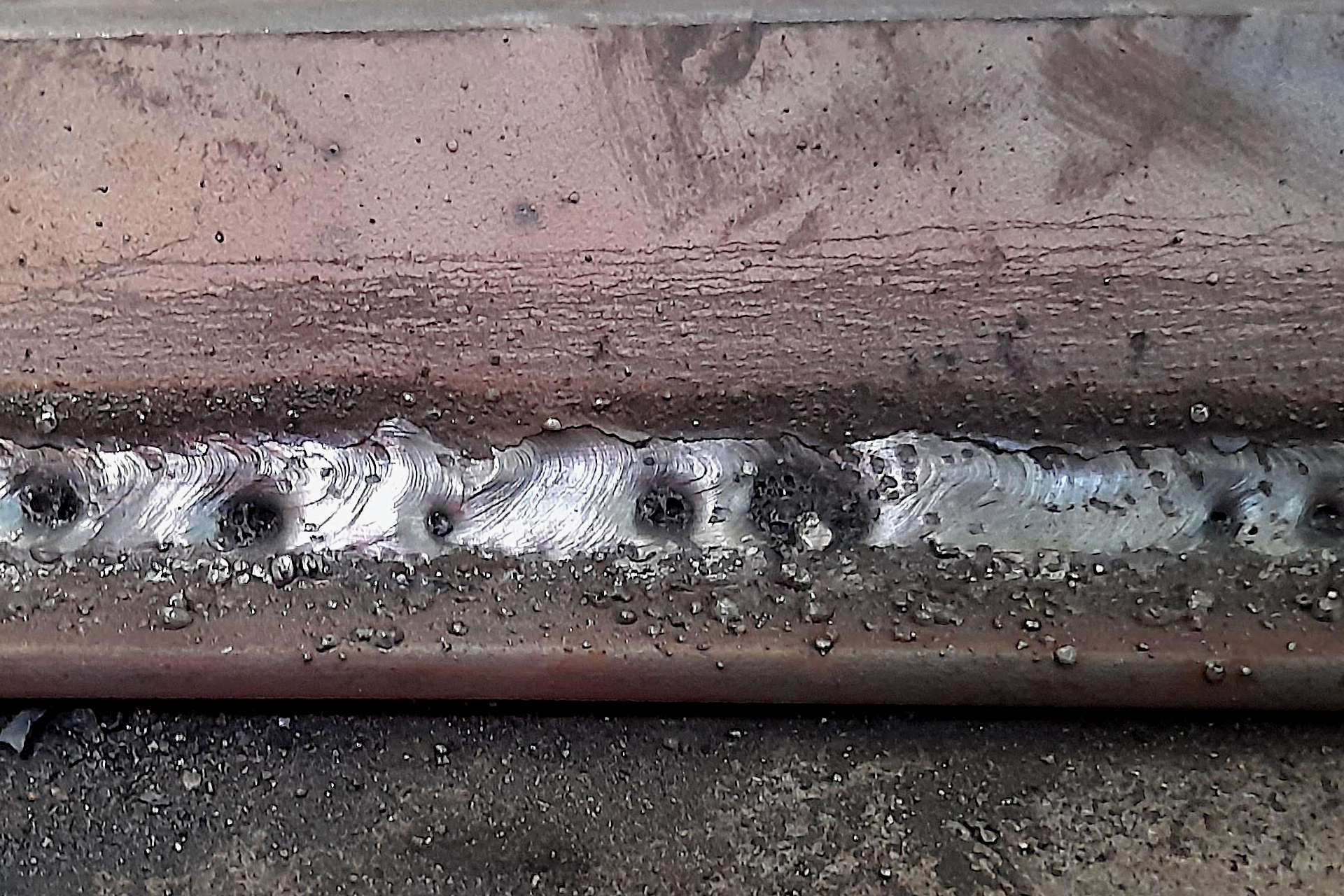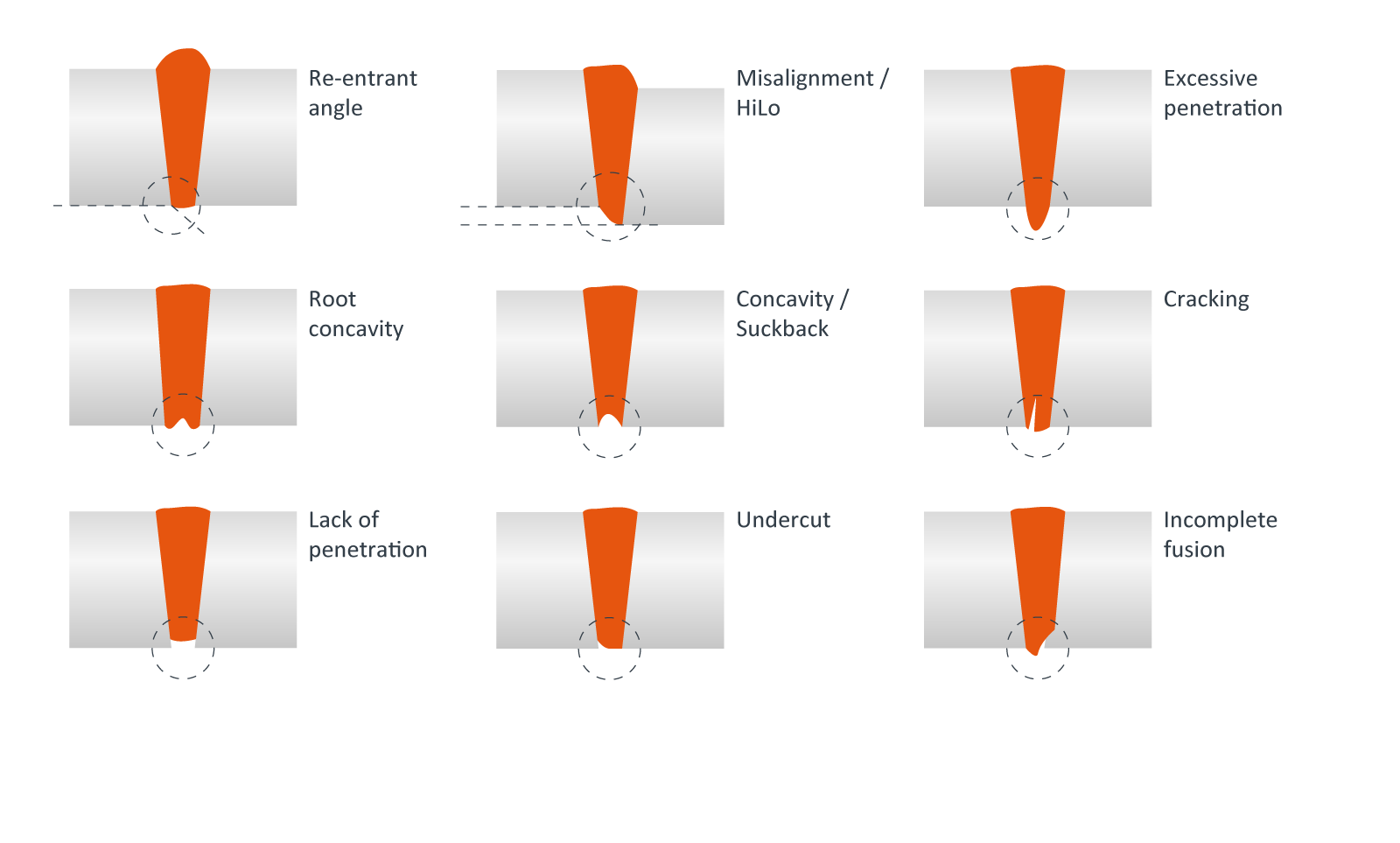Your Complete Handbook to Preventing Weld Undercut Like a Pro
Your Complete Handbook to Preventing Weld Undercut Like a Pro
Blog Article
Mastering the Art of Welding: How to Prevent Undercut Welding Issues for Flawless Fabrication Results
By comprehending the root causes of undercut welding and carrying out effective techniques to avoid it, welders can boost their craft to brand-new degrees of excellence. In the quest of remarkable fabrication results, grasping the art of welding to avoid undercut problems is not simply a skill yet a requirement for those making every effort for perfection in their job.
Recognizing Undercut Welding

To protect against undercut welding, welders should guarantee appropriate welding criteria, such as readjusting the current, voltage, travel rate, and maintaining the appropriate electrode angle. By understanding the reasons of undercut welding and implementing preventive procedures, welders can attain high-quality, structurally sound welds.
Reasons For Undercut in Welding
Recognizing the aspects that contribute to damage in welding is essential for welders to produce high-grade, structurally audio welds. When the weld metal does not effectively fill the groove developed between the base steel and the previously transferred weld metal, undercutting occurs. A number of variables can cause undercut in welding. One common reason is extreme warm input. Welding at high temperature levels for extensive periods can result in the base steel thawing greater than wanted, leading to damage. Inadequate welding wrong or current welding speed can likewise add to undercut. Inadequate current may not give enough heat to thaw the base and filler metals sufficiently, while excessive rate can avoid correct combination, triggering undercut. Additionally, incorrect electrode angles or inaccurate lantern manipulation techniques can produce areas of low weld steel deposition, advertising undercut. Recognizing these causes and implementing proper welding strategies can help protect against undercutting concerns, guaranteeing strong and sturdy welds.
Methods to stop Undercutting

To alleviate the threat of undercutting in welding, welders can utilize critical welding strategies focused on enhancing the high quality and stability of the weld joints. One effective method is to adjust the welding parameters, such as voltage, current, and travel speed, to make certain proper heat input and deposition. Maintaining an appropriate electrode angle and ensuring constant traveling rate can additionally aid avoid undercut. In addition, making use of the right welding technique for the details joint configuration, such as weave or stringer grains, can contribute to decreasing damaging. Preventing weld undercut.
Using back-step welding strategies and managing the weld grain profile can also aid distribute heat evenly and reduce the threat of undercut. Routine assessment of the weld joint throughout and after welding, as well as executing high quality assurance procedures, can help in addressing and identifying undercutting concerns quickly.
Relevance of Proper Welding Specifications
Picking over at this website and preserving suitable welding specifications is necessary for accomplishing effective welds with very little flaws. Welding parameters describe variables such as voltage, present, travel rate, electrode angle, and shielding gas flow price that straight influence the welding process. These specifications must be thoroughly adjusted based upon the kind of material being welded, its density, and the welding method employed.
Appropriate welding parameters guarantee the right amount of warm is used to melt the base steels and filler material uniformly. If the specifications are established expensive, it can lead to excessive warmth input, causing burn-through, spatter, or distortion. On the various other hand, if the criteria are also low, insufficient blend, lack of infiltration, or damaging may occur.
Quality Guarantee in Welding Procedures

Verdict
To conclude, mastering the art of welding requires a comprehensive understanding of undercut welding, its reasons, and strategies to stop it. By guaranteeing appropriate welding criteria and applying quality control techniques, remarkable construction outcomes can be achieved. It is essential for welders to regularly pursue quality in This Site their welding operations to avoid undercut problems and generate top notch welds.
Undercut welding, an usual problem in welding procedures, occurs when the weld metal doesn't effectively fill the groove and leaves a groove or depression along the bonded joint.To avoid undercut welding, welders must make sure proper welding criteria, such as changing the existing, voltage, travel speed, and preserving the proper electrode angle. Poor welding inaccurate or present welding speed can additionally add to damage.To minimize the threat of damaging in welding, welders can employ calculated welding techniques aimed at enhancing the top quality and integrity of the weld joints.In final thought, understanding the art of welding calls for a complete understanding of undercut welding, its causes, and techniques to prevent it.
Report this page